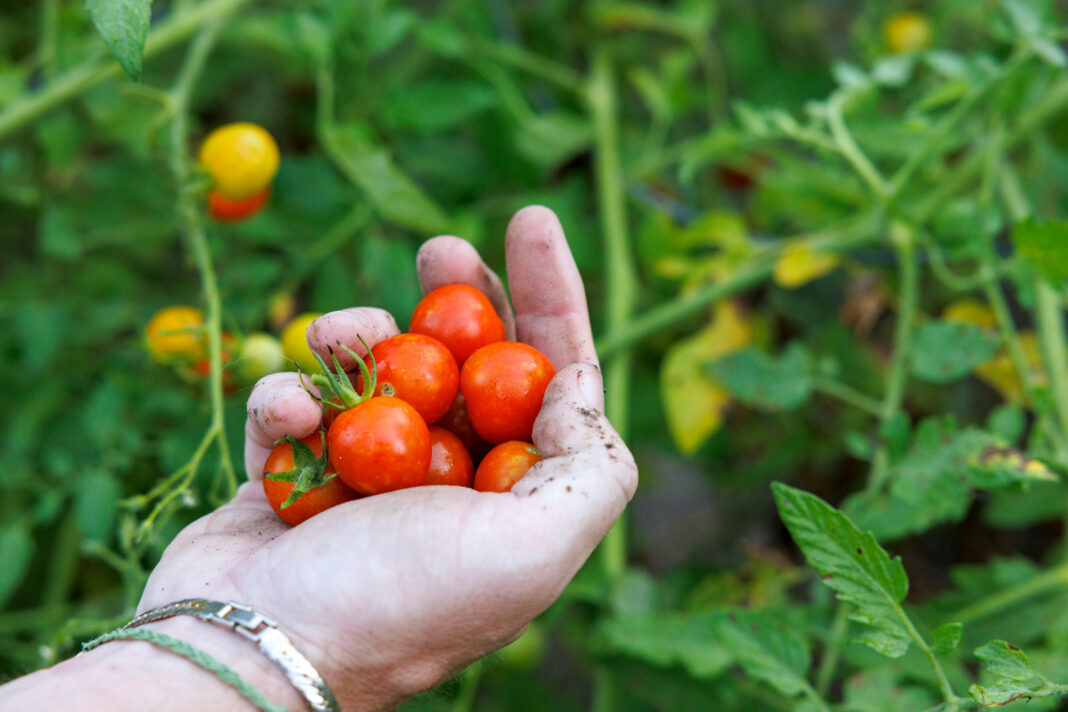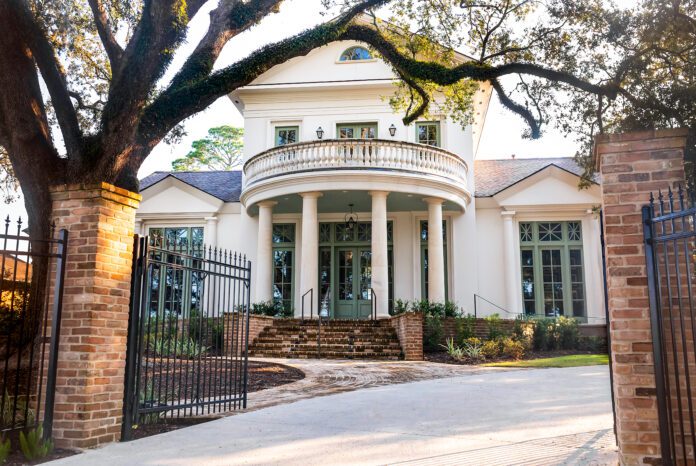Fall tomatoes are the star of an autumn harvest
Spring often steals the spotlight for vegetable gardening, but I find growing fall tomatoes in the South far more rewarding. They’re easier to cultivate, produce superior fruit and shine in countless dishes we love to share when entertaining at home. Imagine the fresh, vibrant flavor of an heirloom caprese salad or bruschetta piled high with juicy backyard tomatoes. Admittedly, my wife makes these delicious creations, but I enjoy the full-circle moment of watching a farm-to-table harvest play out in our backyard. Therefore, I will share my part of this journey and why fall tomatoes should take center stage in your gardens, while entertaining.

owns Rouse’s Horticulture, and serves as president of the Louisiana Horticulture Society. Find him online at rouseshorticulture.com.
Tomatoes thrive in South Louisiana’s heat, but spring and fall seasons differ sharply. Spring plantings (February to April) face risks of late frosts that can wipe out crops, and summer’s intense heat and humidity often lead to fruit cracking and many fungal diseases. On the other hand, fall plantings (July to mid-September) benefit from drier weather, reducing disease pressure and producing healthier plants with bolder flavors and less blemished fruit. One major drawback to increased quality is decreased quantity, due to shorter days and cooler nights.
Fall tomatoes share similarities with spring planting, as both require fertile soil enriched with compost or balanced fertilizer, a pH of 6.0 to 6.5, and about 1 inch of water weekly. The key difference is variety selection, driven by temperature patterns. Spring starts cool and warms up, aiding fruit set in varieties like “Celebrity.” In contrast, fall begins with intense heat in the south, which can hinder flowering in many spring varieties, and then cools down. To succeed, choose heat-tolerant, fast-maturing varieties like “Phoenix,” “Solar Flare,” or “Florida 91” that can set fruit in high temperatures and ripen before cooler weather sets in by late November.
When picking tomatoes, the breaker stage is key: if the fruit shows any pinkish or reddish color, it can be picked and allowed to ripen indoors. However, if it’s fully green with no color, it won’t ripen to its varietal color. This played a big role in our crop last year. Baton Rouge experienced an early frost while we still had plenty of green tomatoes on the vine. If left on the vine, they would be ruined; if picked, they would never turn red. We picked them anyway and made jar after jar of salsa verde. This batch was such a hit at our football parties, it became a part of everyone’s Christmas present that year.
As you plan your fall garden, let the charm of homegrown tomatoes inspire your cool-season plans. Whether you are hosting big gameday parties or cozy family meals, adding these backyard gems will add a wonderful, heartfelt flavor and personal touch to your spread. Enjoy the satisfaction of the farm-to-table spirit this season and let the fall tomato take center stage.












